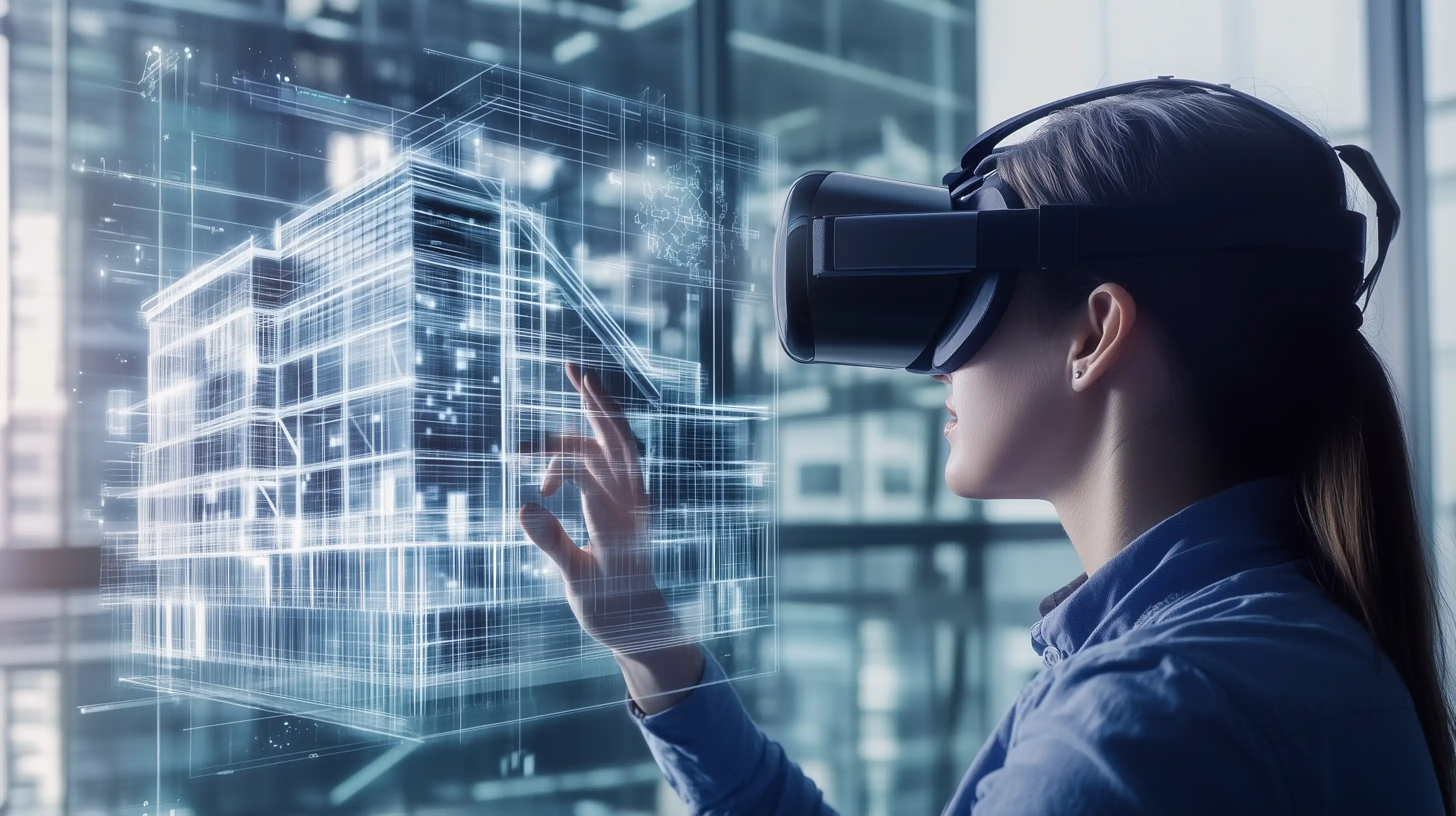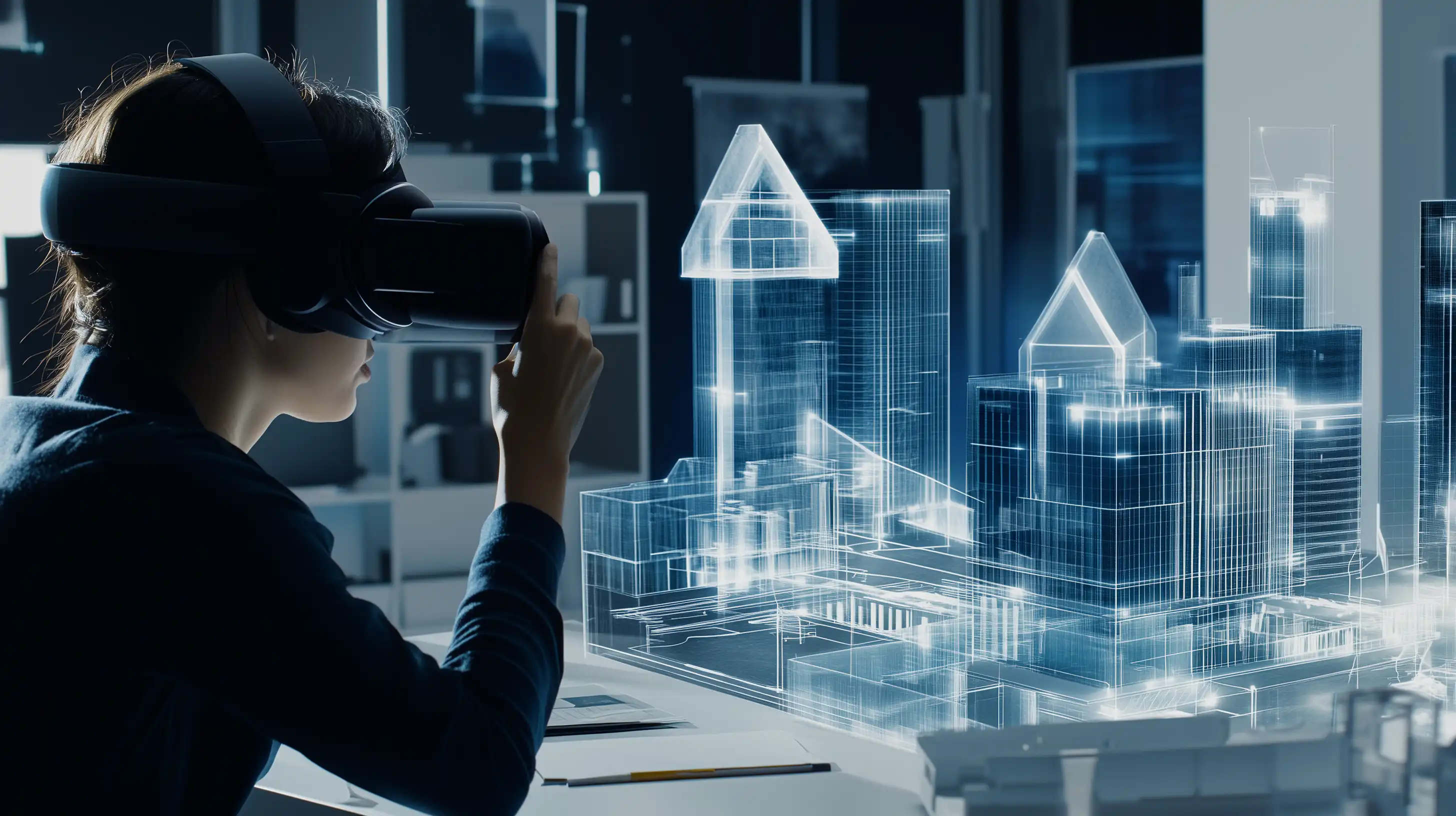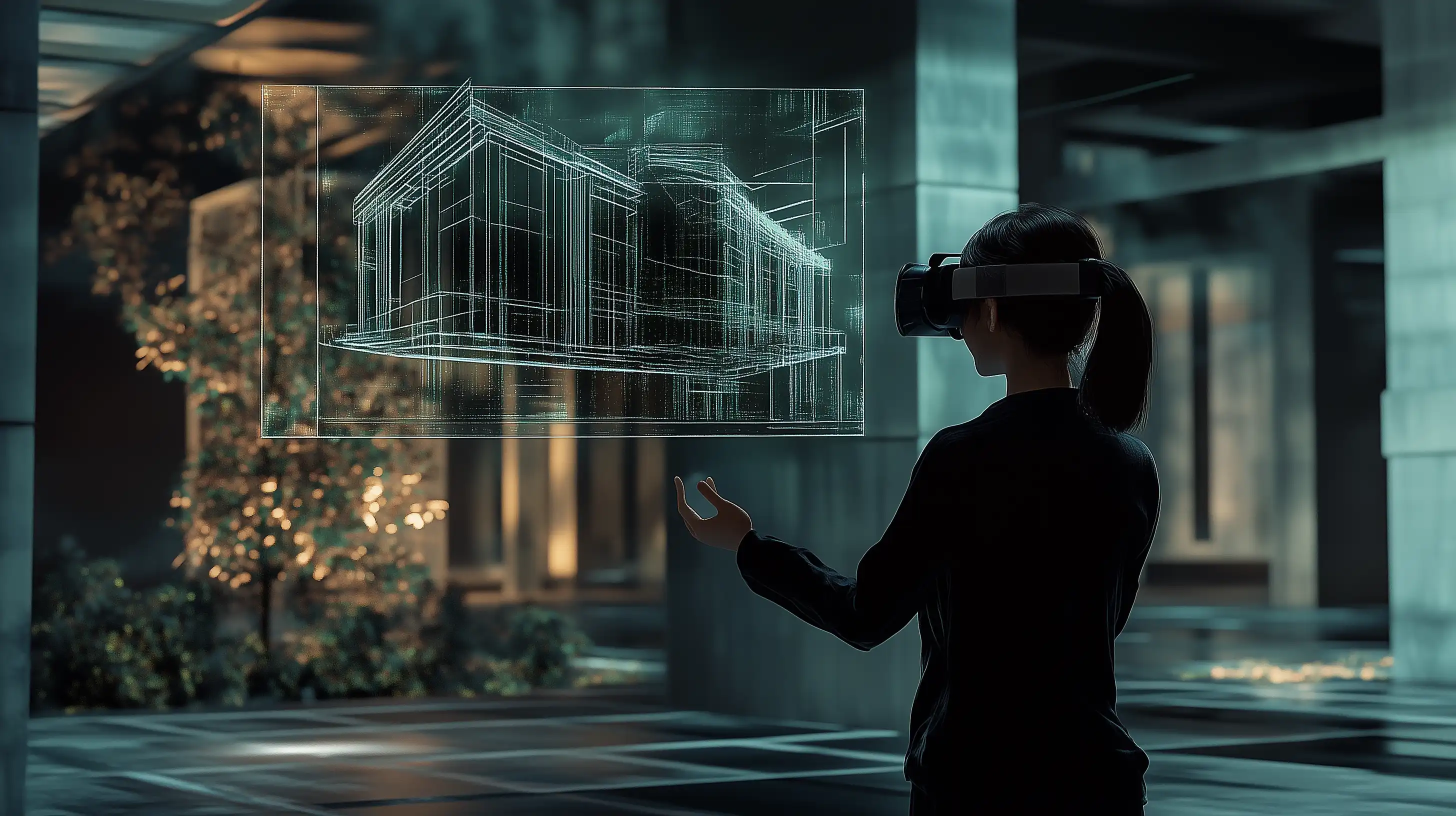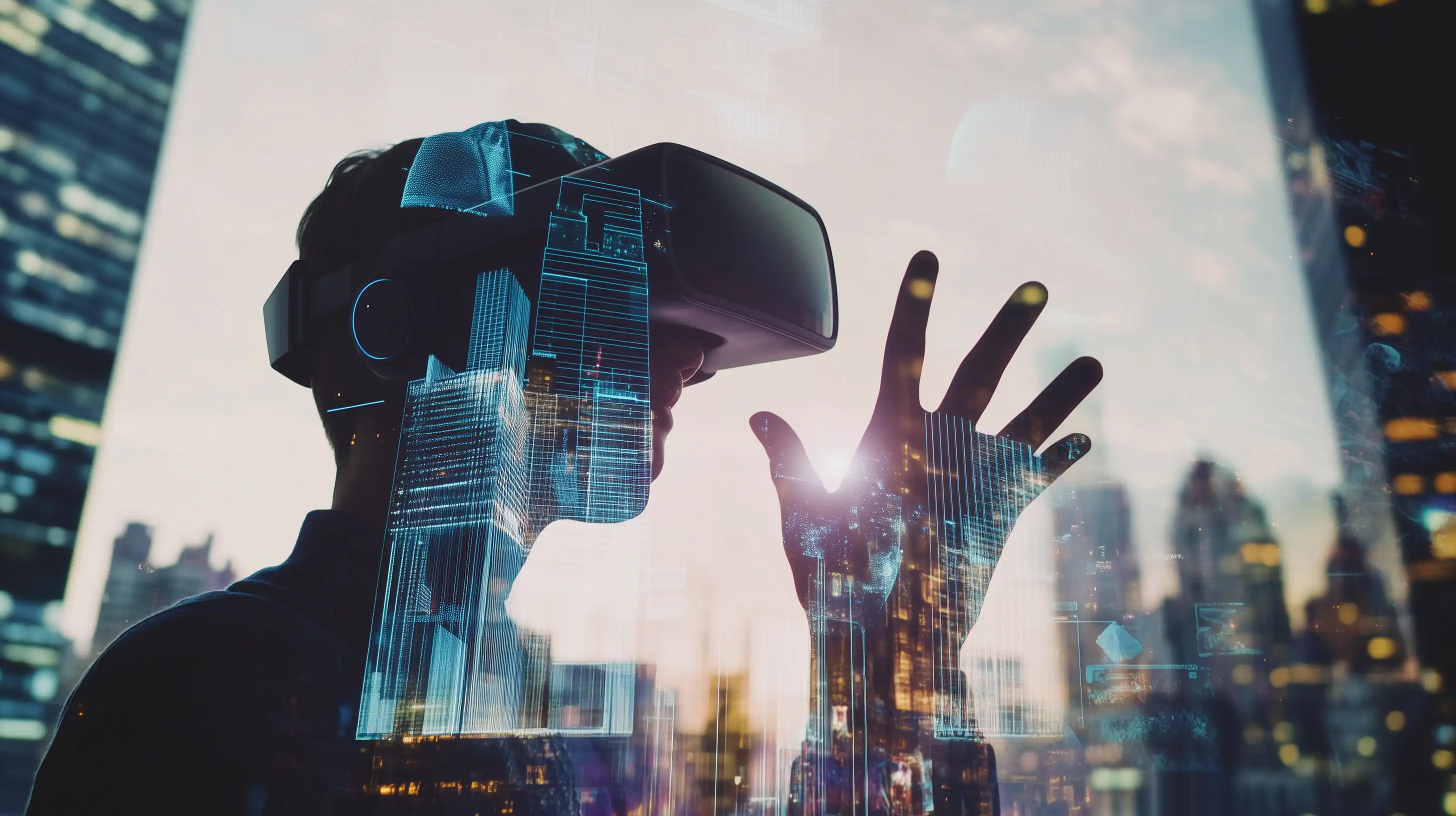Virtual reality (VR) is revolutionizing the architecture industry by offering advanced solutions that enhance project visualization and client experience. From virtual tours to real-time collaboration, VR is helping architectural firms deliver more accurate and efficient services.
Benefits of Virtual Reality in architectural projects
Implementing virtual reality in your architectural business offers multiple benefits:
- Improved project visualization: Virtual Reality allows clients to explore architectural designs in a virtual environment, which improves understanding and decision making.
- Reduced errors: Facilitates problem detection prior to construction, saving time and resources.
- Increased client satisfaction: Provides an interactive and immersive experience, increasing customer satisfaction and loyalty.
GET STARTED TODAY! Contact us for a free demonstration of how VR can transform your architectural business.
Contact usPractical applications of Virtual Reality in architecture
The applications of Virtual Reality in architecture are diverse:
- Virtual tours: Allow clients to explore architectural designs and spaces in a virtual environment prior to construction.
- Real-time collaboration: Facilitates collaboration between architects, clients and builders through virtual meetings.
- Design simulations: Enables testing of different materials, lighting and furnishings in a virtual environment.
CASE STUDY: Find out how your company can improved design accuracy and client satisfaction by implementing virtual tours.
Consult us now
Technologies and tools used
To implement VR in architecture, specific hardware and software are required:
- Virtual Reality headsets: Apple Vision Pro, Meta Quest 3, HTC Vive and other VR goggles
- Software platforms: Unreal Engine 5, Unity and other graphics engines.
EQUIPMENT AND SOFTWARE: Contact us to know the best technological options adapted to your needs.
Get more informationFuture of Virtual Reality in architecture
The future of VR in architecture is promising, with continued innovations that will improve visualization and collaboration in architectural projects.
Trends indicate that VR will play a crucial role in customizing architectural designs and optimizing construction processes.
BE PREPARED FOR THE FUTURE: Stay ahead of the curve with our Virtual Reality solutions for architecture.
Contact us for more details
Frequently asked questions:
What is virtual reality in architecture?
Virtual reality in architecture refers to the use of VR technologies to enhance the visualization and client experience of architectural projects.
How does virtual reality benefit architectural projects?
VR allows clients to explore designs in a virtual environment, facilitates problem detection prior to construction, and provides an interactive and immersive experience.
What are some practical applications of virtual reality in architecture?
VR is used in virtual tours, real-time collaboration and design simulations, enhancing visualization and collaboration in architectural projects.
What technologies are used to implement virtual reality in architecture?
VR headsets from Apple, Meta, Samsung, Pico, or other manufacturers are used in conjunction with software platforms such as Unreal Engine or Unity to create and deliver virtual reality experiences in architecture. The choice of both hardware and software will depend on the specific needs of each project.
How is virtual reality changing the architecture industry?
Virtual reality allows architects and clients to visualize projects in virtual recreations, allowing for testing and simulation, which improves collaboration and design accuracy.
Conclusion:
Virtual reality offers an innovative and effective way to enhance the visualization of architectural projects and increase customer satisfaction. Implementing this technology can help you stand out in a competitive market and offer your clients something truly memorable.
ACT NOW: Don't get left behind. Start transforming your business with our VR technology today.
Contact us for a free consultation








 Return
Return







